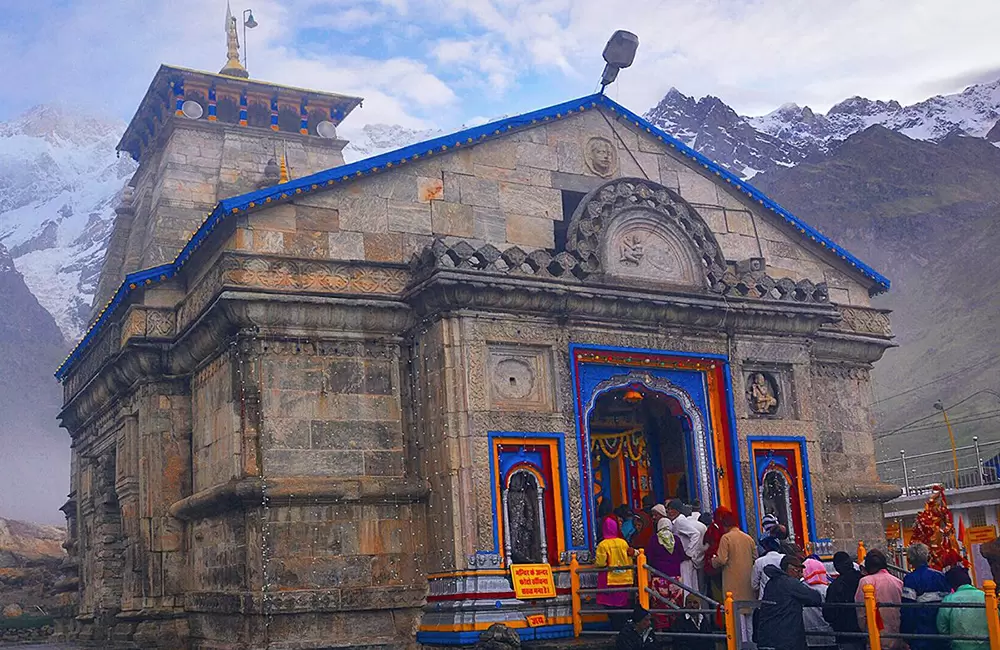
In early November each year, the Himalayan regions at altitudes between 2000 and 4000 meters usually experience a blanket of snowfall. However, this year, even Uttarakhand‘s renowned Tungnath temple—the highest Shiva temple in the world at approximately 4000 meters above sea level—has yet to see any snow.
Similar conditions are observed at the sacred Chota Char Dham pilgrimage sites: Kedarnath, Badrinath, Gangotri, and Yamunotri, where temperatures are unusually high comparable to those in the plains. This anomaly may be attributed to decreased rainfall following the monsoon, resulting in a drier and warmer climate than normal for the region.
The India Meteorological Department (IMD) has said that Uttarakhand has experienced approximately 90% less rainfall than usual since September, resulting in elevated temperatures throughout the Himalayan regions. This dry period has led to unusually warm daytime temperatures for November, leaving the normally vibrant mountainous areas surprisingly tranquil.
Vikram Singh, Director of the Meteorological Center in Dehradun, said that western disturbances have caused temperatures in the high Himalayan regions to rise by 2-3 degrees Celsius above the normal. Consequently, daytime temperatures are warmer, and the region is experiencing a lack of the cold conditions that are typically expected in November.
During the monsoon season, the region received approximately 1273 mm of rain, which is 10% more than the average of 1163 mm. However, the post-monsoon period has seen a significant decline in rainfall, resulting in higher temperatures and disrupting typical weather patterns in the area.
Tourists who typically visit the Himalayas in November to experience the first snowfall are disappointed. The absence of snow in these high-altitude areas may lead to a downturn in the region’s tourism industry, as disappointed visitors reconsider their plans.
The India Meteorological Department (IMD) has predicted that winter may arrive later than usual in the mountains this year. A mild western disturbance is anticipated to bring light rain and snowfall to higher elevations, which could gradually lower temperatures. As temperatures continue to decrease in the coming weeks, the likelihood of snowfall will increase, with possible rain expected in the lower regions as well.
Uttarakhand is witnessing unusual weather patterns this season, with a lack of snowfall and rising temperatures attributed to decreased rainfall. While these conditions may impact tourism, there is hope for a colder, snowier winter as temperatures are anticipated to fall in the weeks to come.







